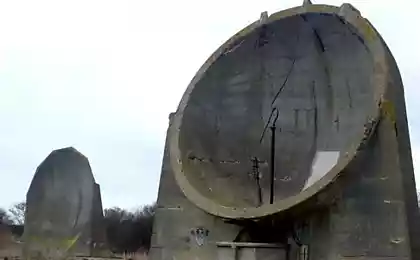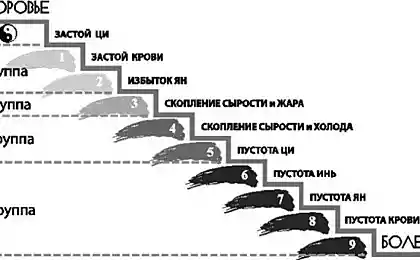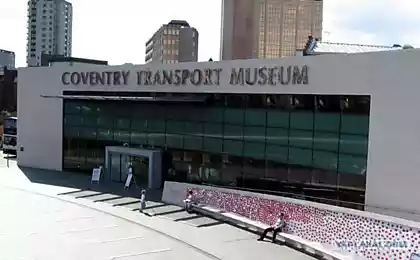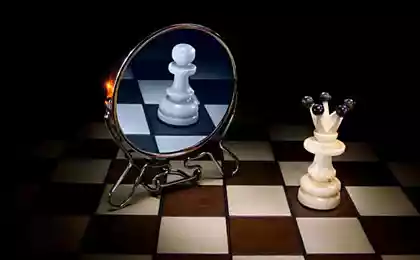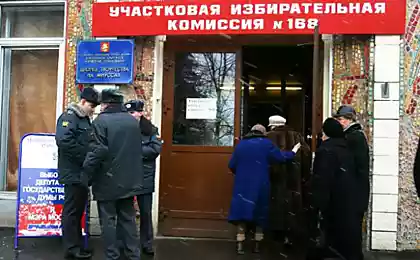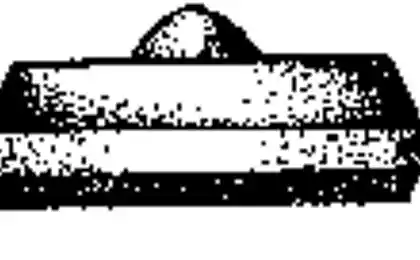406
A new type of interaction with reality

Trying on clothes at a time when the store is closed could become a reality thanks to new research that uses semi-transparent mirrors in interactive system. Within days this system was presented at the international conference, according to Phys.org.
Scientific work was presented at one of the world's most important conferences on interfaces human-computer — ACM UIST 2014 (5-8 October). It can completely change the way people interact and good will have to place in public places like museums and shop Windows.
The study, headed by Professor Sriram Subramanian along with Dr. Diego Martinez Plasencia and Florent Beto from Bricolage University, is based on the ability of mirrors to create a map of reflections at a single point behind the mirror, regardless of the location of the observer.

In the Museum, people in front of the bar with the exhibit could see the reflection of their fingers inside the glass box, which is exactly the same point behind the glass. If this glass is in front of a Museum Cabinet, every visitor will be able to see if the reflection of the fingers for exhibit and pop-up Windows can provide additional information about the parts of affected fingers.
Visitors can also interact with exhibits by focusing their eyes on them. Directly putting on exhibit through reflection, instead of "poking" at him through the glass, people could easily discuss the features of the exhibits with other visitors.
The combination of this approach with different display technologies offers interesting possibilities for interaction systems. If you place the projector on top of the glass Cabinet, the fingers can act as a small lamp for lighting and exploring the dark and sensitive objects. When the reflection of the hands cuts through the object, the projection of the hands of the visitor can be used to display the internal part of the object.
Researchers have also demonstrated artistic installations that combine this approach with volumetric displays. The musicians recorded their samples to digital media, and they were flying over the mixer shapes. Musicians could catch these representations, play with them or add to them a variety of musical effects.

Dr Diego Martinez, a researcher of the Bristol group on interaction and graphics (BIG), said: "This work offers exciting opportunities that can be used in many situations. Translucent displays will surround us in every Bank and shop. As an example — people can't access a shop because it is closed. However, their reflection would be visible inside the shop window and they could try on clothes, using that same reflection, to pay on the spot and order delivery".
"The opportunity to combine the space in front and behind translucent glass promises a brand new online experience. Although the projectors can only augment the surface of the object, if you combine them with reflections of people, we can ensure that people will be able to "feel" the inside of objects or move virtual objects floating in space".
Materials phys.org
Source: hi-news.ru





